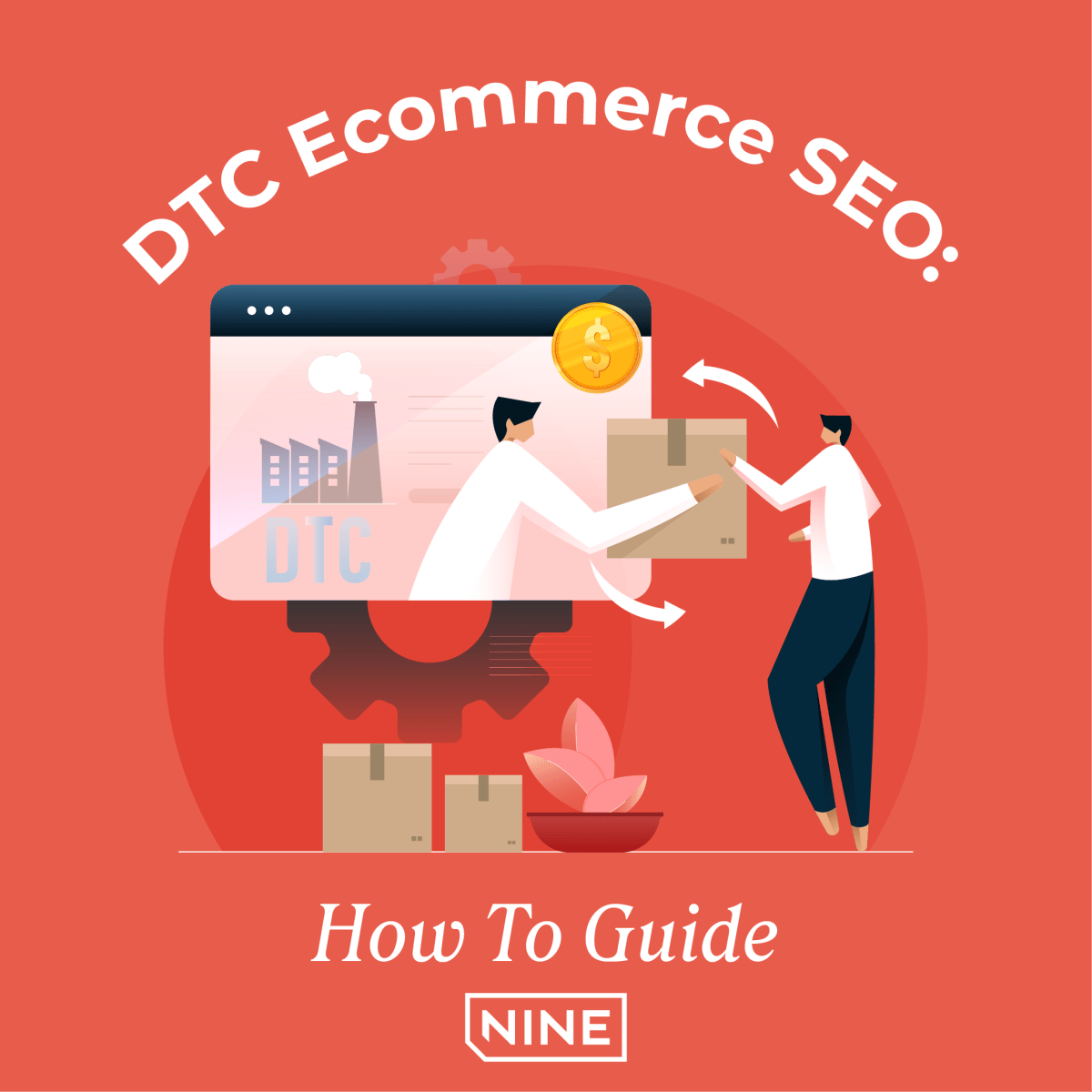
Direct-to-consumer (DTC) ecommerce companies have seen a significant increase in popularity in recent years as more and more consumers turn to the internet to make their purchases. However, with the rise in DTC ecommerce companies also comes an increase in competition.
In 2023, your DTC brand must have solid search engine optimization (SEO) as a part of its digital marketing strategy. With the restrictions of 3rd party changes, SEO has risen to the top of the marketing category for brands, hoping to succeed in competitive categories.
Here are tips on how to build a winning DTC ecommerce SEO strategy.
Why DTC Brands Need SEO
SEO is a cost-effective way for DTC brands to drive more qualified organic traffic to their website. DTC brands need search engine optimization because it helps consumers discover them on search engines like Google. With an effective call-to-action in place, the more website visitors you receive, the more revenues you generate.
SEO helps DTC brands target specific keywords and phrases relevant to their products and appear higher in search engine rankings for those terms. It increases brand awareness and credibility and drives more qualified leads to their website.
Get Started With DTC Ecommerce SEO
You need a solid and successful DTC ecommerce SEO strategy to help you grow your business. Here are a few key steps to get started with DTC ecommerce SEO.
Understand What SEO Is
Search engine optimization is improving a website or online store to rank higher in Google, Bing, & Yahoo for your company’s most important keywords and phrases. The goal of SEO is to increase the visibility of a website when a prospect makes a Google search, resulting in more leads for your products.
A principal benefit of SEO is attracting qualified leads, i.e., consumers already considering buying your product.
SEO techniques include on-page optimization, where you have the primary and semantically related keywords to your website’s content and meta tags. SEO also contains off-page optimization, which includes building backlinks from other websites to your website and the specific target page.
The primary SEO metrics you need to pay attention to include organic traffic, bounce rate, and click-through rate (CTR). These metrics translate to:
The number of visitors you get through organic search (not paid).
How long they stay on your website site.
How many people who see the link to your store click on it.
Additional keywords you can rank for.
Do Consumer Research
By eliminating companies in the middle, DTC ecommerce companies focus on building solid and loyal relationships with their customers, leading to a more intimate form of brand loyalty.
Consumer brand loyalty refers to the tendency of consumers to purchase products from a particular brand repeatedly.
Consumer research helps to understand target customers’ needs, wants, and behavior. This information helps focus the website’s content, product offerings, and marketing strategies to better appeal to and engage with potential customers.
Some consumer research methods in DTC ecommerce SEO include surveys, focus groups, online analytics, keyword reporting, and customer interviews. For instance, you can use tools like Google Analytics to track website traffic and behavior and see which pages and products are most popular.
Tip: Analyze customer reviews on your website and third-party platforms to identify common themes and areas for improvement. If you want to go the extra mile, analyze your competition reviews to see how you can become the better choice.
Consumer research informs and shapes a brand’s identity. For example, consumer research can reveal insights about target customers’ preferences, lifestyle behaviors, and purchasing habits. Understanding this information will guide the content you create for your brand’s website.
Perform a Site Audit
A DTC ecommerce brand should perform a comprehensive website audit when optimizing its website for search. The process involves analyzing your website to identify any technical or content-related issues impacting your search engine visibility and customer experience.
One of the critical areas to focus on during a site audit is the technical structure of your website. It includes checking for proper use of header, meta, and alt tags and ensuring that your site is indexed correctly and crawlable by search engines. These aspects fall into the broader technical SEO category.
To improve the user experience, check that your site is mobile-friendly and has a fast loading speed, as these are important factors for search engine rankings.
Another critical aspect of a site audit is reviewing your website’s content, otherwise known as a content audit. A site audit includes analyzing each page’s keyword usage, topic coverage, meta descriptions, and internal linking structure and identifying duplicate content or broken links.
You will also understand your topic coverage in a content audit compared to the competition. Topical authority is a primary ranking factor in the eyes of Google.
Evaluate the overall quality of your website’s content, and ensure that it is relevant, engaging, and provides value to your target audience.
After completing your initial site audit, perform regular audits to identify and fix any additional issues that may arise. You should also continuously monitor your website’s analytics to track progress and adjust your technical SEO strategy. Sometimes, a slight change can significantly impact your page’s search position.
Do Competitor Research
Competitor research involves analyzing the search engine optimization strategies and tactics of other businesses in your industry that are already selling similar products. By understanding what your competitors are doing, you gain valuable insights into the SEO content and ecommerce link building strategies that work well in your industry.
One way to conduct competitor research is to use keyword research tools to analyze your competitor’s website traffic, backlinks, and top-performing pages. These tools provide information on the keywords driving the most traffic to your competitor’s sites and the content resonating with their audiences.
Another benefit to keyword research tools is that they can track your competitors’ backlink profiles, giving you an idea of the websites and blogs linking to their content. Once you understand your competitor’s SEO strategies, you can develop a plan to outperform them in each top search ranking factor.
How To Optimize Your DTC Ecommerce SEO
Let’s get right to it. Here are strategies for optimizing your direct-to-consumer ecommerce website for search engines.
Keyword Research
Keyword research helps doesn’t just help you identify ways to drive more traffic to your online store; it also helps to keep you on track. Many ecommerce brands look at any opportunity available rather than creating a streamlined plan that contains a systematic process. The first step in keyword research is identifying the keywords and phrases that potential customers use to search for products like yours.
While we use ecommerce agency tools, we encourage clients to use SEO tools like Google Keyword Planner or Google Search Console. Free reporting tools from Google allow you to analyze search volume, competition, and related short and long-tail keywords.
Short-tail keywords are general search terms. They have a high search volume but are also highly competitive.
Long-tail keywords are more specific and targeted, have lower search volume, and are less competitive.
Finding a balance between targeting short-tail keywords for topical authority and long-tail keywords to drive immediate traffic is not easy, but it’s possible. This two-pronged approach is the best way to see long-term success from your SEO strategy.
Once you have identified a list of relevant keywords, the next step is to optimize your website’s content and meta tags to include those keywords. Use the keywords naturally rather than stuffing them into your content unnaturally. Avoiding keyword stuffing will help your website rank higher in search engine results and be more easily discoverable by potential customers.
Tip: Regularly monitor your website’s search engine rankings and adjust based on your discovery. Often, Google will rank your pages for keywords that the page does not contain. Go back into your content and update it to include those keywords. Google will see this on the following website crawl and improve your rankings.
Site Optimization
SEO can be a complex process. User experience leads to longer on-page time, which signals to Google that people like your page. Ensure the commerce platform’s site is mobile-friendly and responsive. Use a design that automatically adapts to the device’s size (PC, tablet, phone) to access it. It ensures that all the site elements, including text and images, are easy to read and navigate on a small screen.
Next, ensure that your site has a clear and logical structure (we call this your website’s taxonomy). Organize your products into categories and subcategories. Use clear and descriptive headings, titles, and meta tags that follow copywriting best practices.
The design makes it easier for search engines to understand your site and helps users find what they want in category pages more efficiently.
Tip: With the fast-paced nature of the internet, users expect a site to load quickly, and search engines also consider page speed when ranking sites. Optimize images, minify code, and reduce the number of elements on product pages to improve page load time.
Most of our ecommerce clients use Shopify Plus as their website platform. It’s SEO-friendly, and you can easily optimize your site with its features and apps. Alternatively, you can use WooCommerce, which is a plugin for WordPress.
Content Optimization
Content optimization refers to improving the depth of coverage while ensuring that your content is relevant to the topic. Content optimization also includes reviewing the top search results to ensure that your content matches the target audience’s search queries.
If your DTC website lacks ecommerce content marketing, we strongly recommend starting now. As customer acquisition costs continue to increase, content marketing is the best way for consumers to discover DTC websites.
Tip: There are often multiple types of search intent for a keyword. Here, you will need several pages of content to satisfy the search engines.
Use Internal and External Links Appropriately
Internal links connect one page of your ecommerce site to another page on the same website. These links help search engines understand your retailer website’s structure and organization and allow visitors to navigate your website more easily.
Google has made it clear, stating that internal linking is a significant ranking factor.
External links point to your website from high-authority websites and improve your search engine rankings by indicating that your website is a credible and relevant source of information. External links also drive traffic to your website by making it more visible to a broader audience, leading to higher brand awareness.
Using internal and external links appropriately helps search engines better understand your website’s content and context, leading to higher search engine rankings and more traffic to your website.
Leveraging SEO Across All DTC Marketing
Integrating SEO into your DTC marketing efforts can increase your online visibility and reach, drive more traffic to your site, and ultimately boost conversions and revenue. Email marketing campaigns, social media marketing, and retargeting ad campaigns contribute to an efficient DTC ecommerce SEO.
Your DTC Ecommerce Agency
Want help developing and executing a DTC SEO strategy? We can amplify your DTC efforts through revenue-focused SEO & content marketing. Schedule a time with our digital marketing agency to speak with one of our ecommerce SEO experts.

